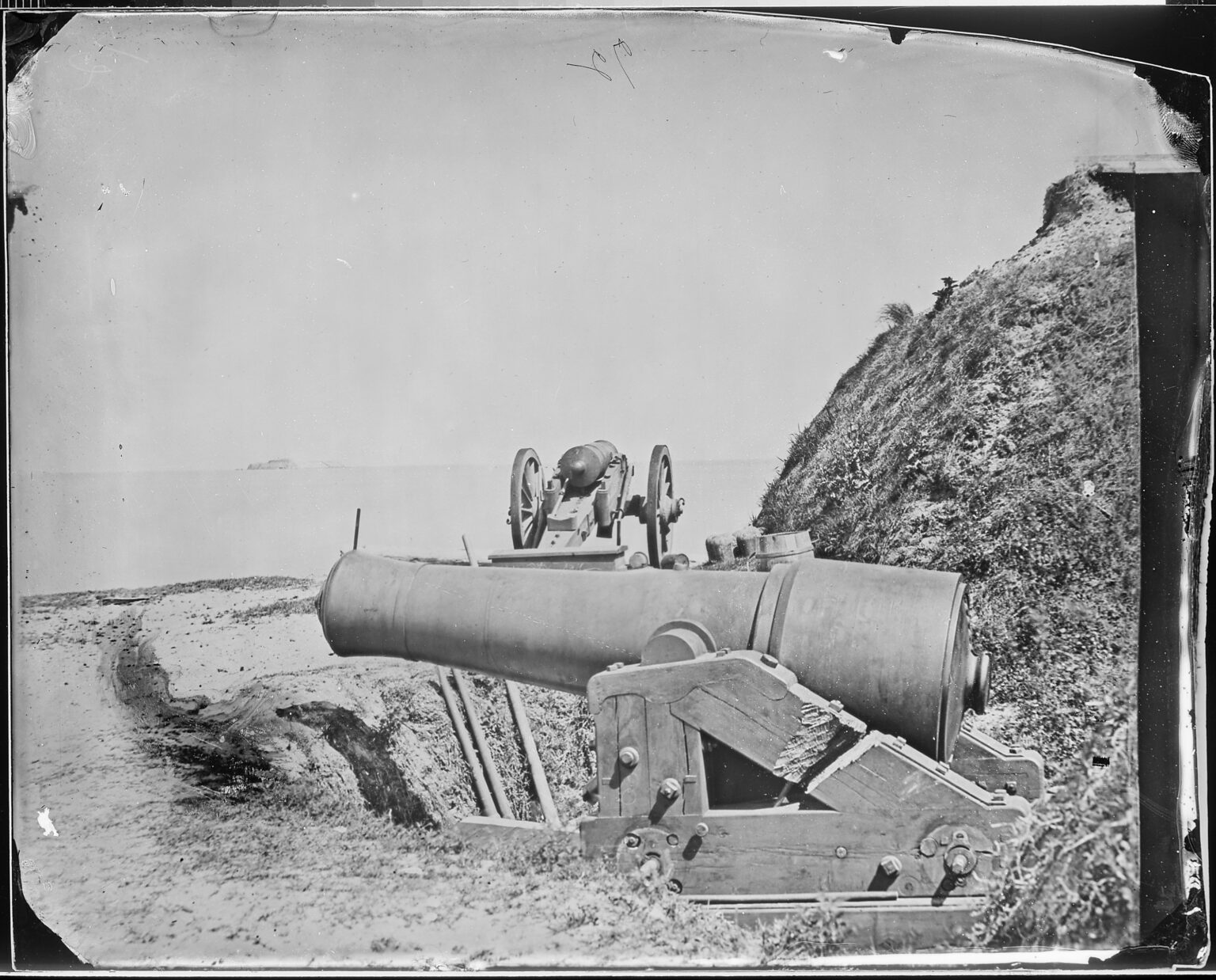In politics, how you say something can matter just as much as what you say. This principle, known as framing, is a cornerstone of behavioral economics and a central idea in Richard Thaler’s Nudge. Framing leverages the fact that people interpret information differently depending on how it’s presented.
Consider this: would you rather vote for a candidate whose policy promises “a 90% success rate” or one who says there’s “a 10% failure rate”? Although the facts are identical, the way they’re framed creates vastly different emotional responses.
In this post, we’ll explore how political campaigns and policymakers can use framing ethically to shape public perception and inspire action.
What is Framing in Politics?
Framing is the process of presenting information in a way that emphasizes certain aspects over others. It’s not about changing the facts but about influencing how people interpret and respond to them.
- Example: Describing a tax policy as “a benefit for working families” versus “an additional burden on businesses” emphasizes different aspects of the same policy.
Types of Framing in Politics
1. Positive vs. Negative Framing
Positive framing highlights benefits, while negative framing emphasizes risks or losses.
- Example (Positive): “This program will create 10,000 new jobs.”
- Example (Negative): “Without this program, our community could lose 10,000 jobs.”
2. Gain vs. Loss Framing
People are more motivated to avoid losses than to achieve gains (loss aversion). Campaigns can frame policies accordingly to drive action.
- Example: “Vote to protect healthcare access” (gain) versus “Don’t let them take your healthcare away” (loss).
3. Issue Framing
The same issue can be framed in multiple ways to appeal to different values or priorities.
- Example: Immigration reform framed as “strengthening the economy” versus “enhancing border security.”
Examples of Framing in Political Campaigns
1. The Affordable Care Act
Supporters framed the ACA as “providing affordable healthcare for all,” while opponents framed it as “a government takeover of healthcare.” The framing battle shaped public perception of the law.
2. The Green New Deal
Supporters framed it as a bold plan to combat climate change and create jobs, while opponents framed it as an expensive and impractical policy. These competing frames influenced how voters interpreted the proposal.
3. Ronald Reagan’s “Morning in America” Ad
Reagan’s famous ad framed his presidency as a period of renewed optimism and prosperity, helping to inspire confidence and enthusiasm among voters.
How to Use Framing Effectively in Campaigns
1. Identify Your Audience’s Values
Understand what matters most to your voters—whether it’s economic stability, personal freedom, or community safety—and frame your message to align with those values.
- Example: For voters prioritizing safety, frame infrastructure investments as “improving public safety through better roads and bridges.”
2. Keep It Simple and Memorable
The most effective frames are concise and easy to understand. Avoid jargon or overly complex language.
- Example: “Protect Social Security” is more effective than “Ensure the fiscal stability of retirement benefit programs.”
3. Pair Framing with Clear Actions
Once you’ve framed your message, provide a specific call to action to capitalize on the emotional resonance.
- Example: “Don’t let them take away your vote—register now to protect your voice.”
Ethical Considerations in Framing
Framing is a powerful tool, but it must be used responsibly.
- Be Honest: Don’t misrepresent facts or manipulate data to fit your frame.
- Avoid Fearmongering: While loss framing can be effective, overly negative messaging can backfire by overwhelming voters.
- Respect Voter Intelligence: Present framing as a way to highlight priorities, not as a way to obscure the truth.
The Power of Framing in Shaping Public Perception
Framing works because it simplifies complex issues, making them easier for voters to understand and relate to. Whether it’s emphasizing the gains of a policy, the risks of inaction, or the shared values behind a proposal, framing allows leaders to connect emotionally and intellectually with their audience.
As Richard Thaler writes in Nudge, “People are not fully rational. By understanding how they think, we can present choices in ways that are both ethical and effective.”
Final Thoughts
Framing is more than a messaging strategy—it’s a way to align your campaign’s vision with the priorities and values of your voters. By understanding your audience, crafting clear frames, and pairing them with actionable goals, you can create messages that inspire trust, action, and loyalty.
Ready to harness the power of framing in your campaign? At Next Generation Political Consulting, we help candidates craft messaging that resonates deeply with voters. Let’s design a strategy that highlights your vision—and moves people to action.

